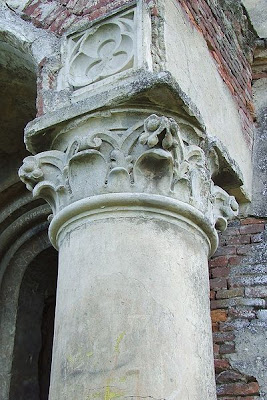Ardud (Hungarian: Erdőd, German: Erdeed) is a town in north-western Romania, in the county of Satu-Mare. Ardud was first attested in 1215, as Herdeud. It is the birthplace of Archbishop of Esztergom, and papal candidate Tamás Bakócz (1442-1521), raised from serfdom to this dignity by King Matia Corvin. Ardud is visited by many people every year, because it has a spa.
The fortress in Ardud was built in 1481 by the Transylvanian ruling prince, Bertalan Drágffy, and it was one of the strongest senioral fortress in the north of Transylvania. It had a polygonal plan with bastions on the corners. The Drágffy family owned the stronghold for a long time, but the fortress they held was destroyed during history.
On the spot of the old fortress, a palace was erected by aristocrat Sándor Károlyi, in 1730. The chapel of this palace was the site of the wedding between the great Hungarian poet Petõfi Sándor and his bride, Júlia Szendrey, on September 8, 1847. Petõfi Sándor is remembered here by a monument, which stands on the shore of a little lake.
The Károlyi palace was destroyed during World War II, and only a bastion can be still seen of it, reinforced by concrete pillars, with some remaining parts of the walls attached to it. The Roman Catholic Church from 1482, rebuilt in 1860 and 1959, preserves traces of Gothic architecture.
Piata Postei
2 days ago






2 comments:
don't mean to be trolling, but the castle was no destroyed in World War 2; little fighting took place is Ardud during the war. My family has pictures from 1950's/60's with the castle relatively in tacked. The castle was in fact taken apart by Ceasescu's regime to collect bricks for new homes for his Romanian resettling in the area. HIs regime attempted to out breed the native German settlers.
Thanks for the information, very useful!
Post a Comment